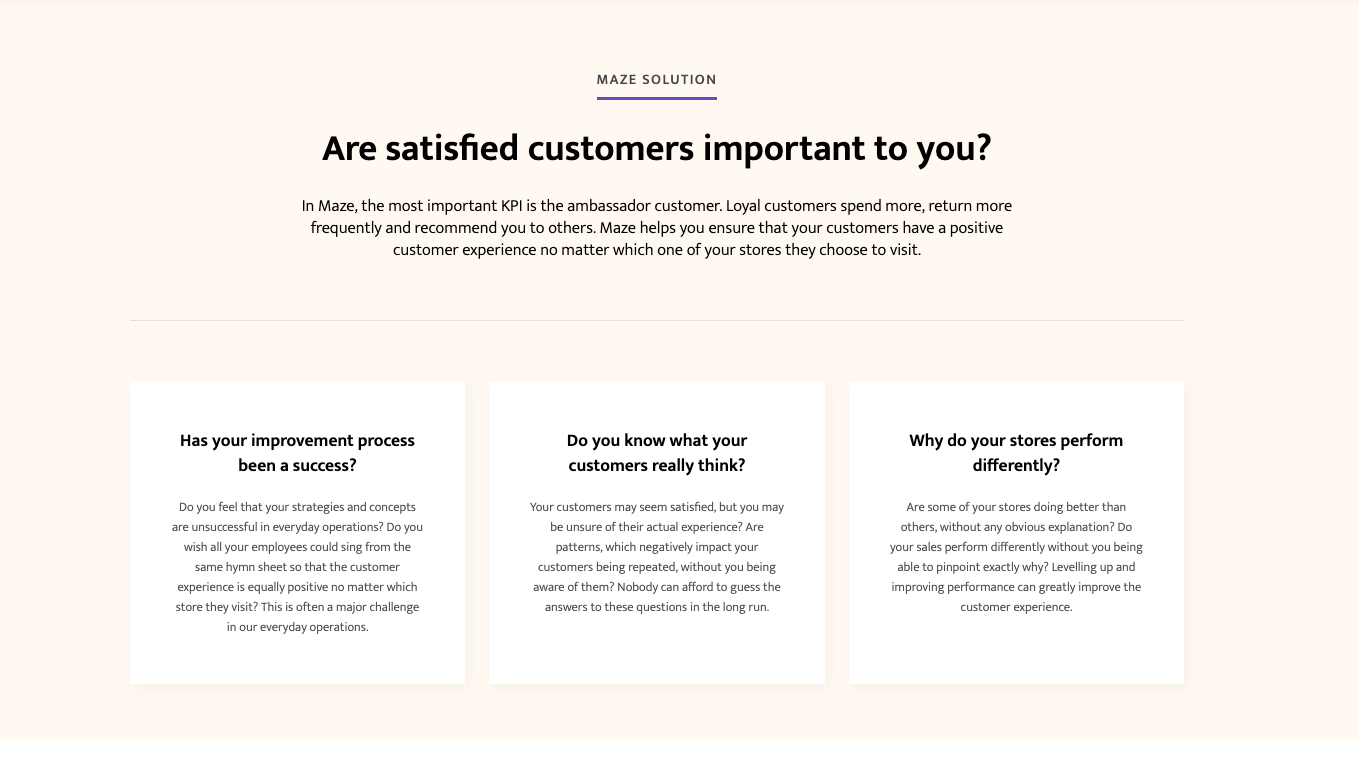Project Description

The problems that IT departments are struggling with in 2018
CLIENT: Doidea, Sweden
PUBLISHED: Nexus Website
ORIGINAL ARTICLE: The problems IT departments are struggling with
CREATED: July 2018
AUTHOR: Fallon Dasey
There was a time when the main concerns for IT departments were the rate of resolution for helpdesk tickets, the cost per ticket, and user satisfaction
There was a time when the main concerns for IT departments were the rate of resolution for helpdesk tickets, the cost per ticket, and user satisfaction.
While these are still important, today’s IT departments face a variety of new challenges. As well as being able to efficiently meet the needs of users in a cost-effective way and conducting major technology roll-outs across the company, IT managers are expected to improve the business and make it safer and more profitable.
IT managers are being called on to enhance operations through new devices and software, to improve security with effective updates and new authentication techniques, and to provide a competitive advantage through new functionality.
Here are common problems that IT departments face in meeting these expectations in 2018:
The need to think strategically and meet helpdesk demands
Technology needs within industries are constantly changing and technology managers must learn about the potential strengths and weaknesses of new applications and devices to help select technology upgrades and decide when to roll them out. Whether it is considering cloud-based services, improving data management and data mining, or adopting artificial intelligence, IT departments are now being required to move beyond reacting to the daily problems of users and to think strategically about how to improve the business and to advise company leaders. By 2021, Gartner predicts that 40 percent of IT staff will hold multiple roles, most of which will be business related. Time management is more of an issue for IT staff than ever before.
Security threats
The security threats facing IT managers are numerous and include hackers using AI to try to crash websites and intranets, ransomware that can cripple company devices, and fraudsters who seek to access accounts and steal identities. Other dangers include unauthorized downloads of shadow IT from the cloud, and disgruntled users who want to damage systems or obtain sensitive corporate information. Implementing fool-proof systems to ensure that users comply and that systems are monitored and secure is an ongoing challenge.
Shortage of skilled helpdesk employees
Finding professionals with the right technical knowledge, skills, and temperament to staff an IT department is becoming increasingly difficult. The non-profit information security advocacy group ISACA estimates that in the IT security sector alone there will be a global shortage of two million professionals by 2019.
Keeping users mobile and secure
Mobility is an important strategy to increase productivity for users and improve their work satisfaction by providing more flexibility in the workplace. It gives them the ability to access the company network to securely access back-office systems, documents, and corporate applications outside of the office. But there are risks. IT departments must ensure that the devices users are working on remotely have the necessary security systems in place – including two-factor authentication – in order to protect the corporate network.
Users bypassing the IT department
Shadow IT is a real problem for IT departments. Unauthorized access to cloud services outside the organisation by users makes your organization’s network more vulnerable to data breaches. Shadow IT will soon account for more than 30 percent of total IT operations, according to Gartner. There are other areas that IT managers should consider, too, such as users accessing company systems on their own personal devices or the use of social networks on company devices. IT departments must help develop guidelines and policies to manage these potential risks. Some companies are embracing the flexibility offered by Bring Your Own Device workplaces. But while users may embrace this trend, IT departments are left with the challenges to make the devices secure and work with the company’s network and applications. IT departments must maintain a balance between flexibility and control, and make their own systems more attractive to users.



